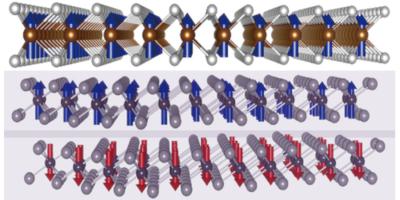A 2D derivative of perovskite could hold the key for future valleytronics devices
Researchers from Rice University and Texas A&M University have discovered that a 2D derivative of perovskite has a good potential for valleytronics applications.
The researchers synthesized a layered compound of cesium, bismuth and iodine that is able to store the valley states of electrons, but only in the structure's odd layers. These bits can be set with polarized light, and the even layers appear to protect the odd ones from the kind of field interference that bedevils other perovskites, according to the researchers.
